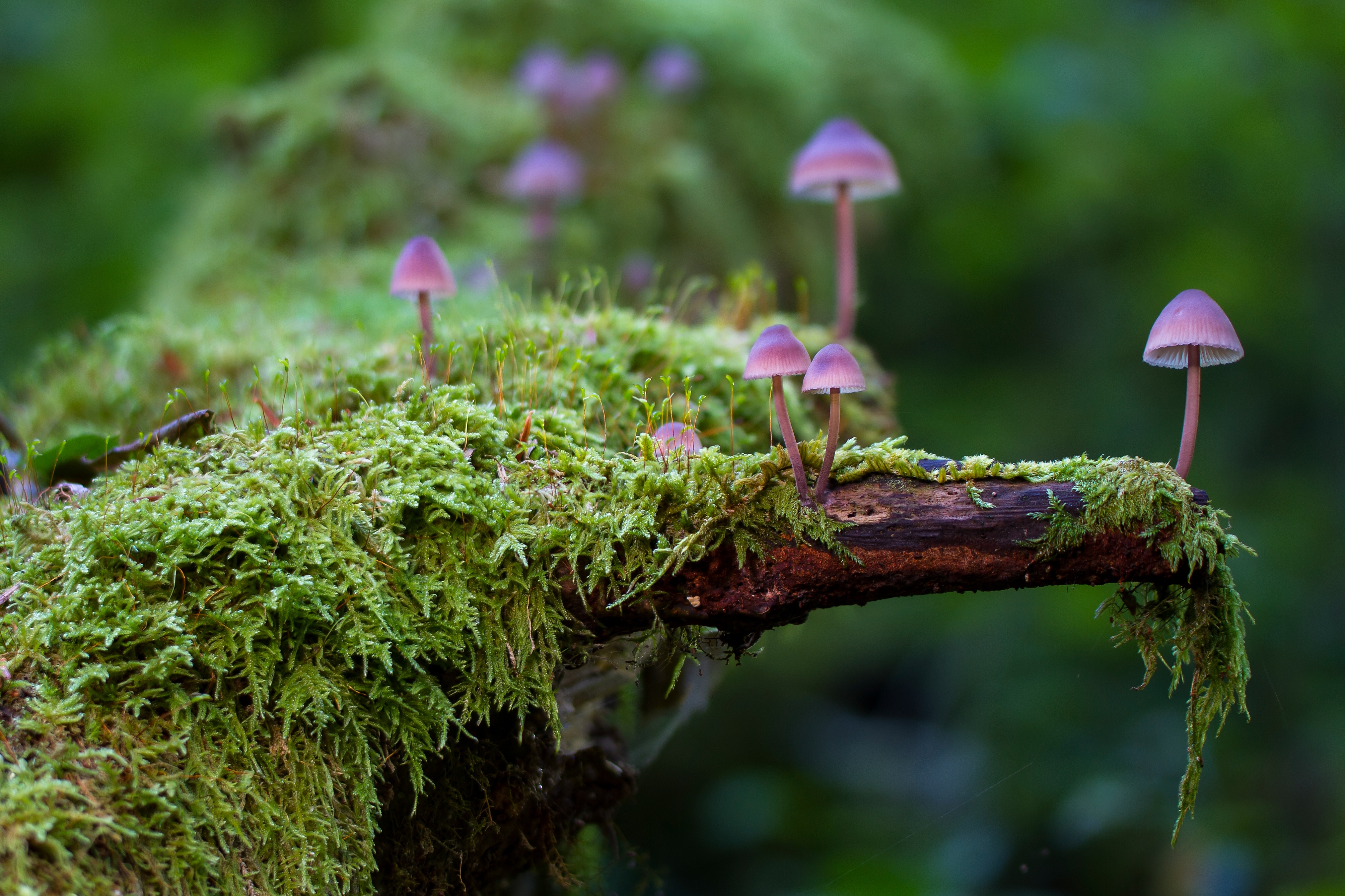
Mushroom growing, an age-old practice that dates back thousands of years, has fascinated both hobbyists and agricultural enthusiasts alike. These peculiar and delectable fungi have an irresistible allure, captivating our senses with their earthy aroma and unique texture. What was once shrouded in mystery is now becoming an accessible and rewarding pursuit for anyone with an ounce of curiosity and a green thumb, or in this case, a "brown thumb."
The world of mushroom cultivation is vast, presenting a wide array of species to explore and experiment with. From the humble white button mushroom to the exotic lion’s mane, there is a mushroom to suit every taste and culinary desire. What makes mushroom growing even more enchanting is the fact that these fungi possess incredible health benefits, showcasing their versatility beyond the realm of gastronomy. With their potential to boost immune function, prevent chronic diseases, and even aid in environmental sustainability, mushrooms truly are a magical ingredient for both our well-being and the planet’s future.
Venturing into the realm of mushroom growing offers us a glimpse into the fascinating interplay between science and nature. It allows us to witness firsthand the fascinating process of fungi development, from spore to fruiting body. Through careful manipulation of growing conditions, we can cultivate these fungi with precision, creating an environment that mimics their natural habitat. With the right combination of temperature, humidity, substrate, and patience, we can unlock the secrets of successful mushroom cultivation and watch as these incredible organisms flourish before our eyes.
So, whether you’re an aspiring mycologist or simply a lover of all things fungi, join us on this journey as we delve deeper into the captivating world of mushroom growing. Prepare to be amazed, inspired, and of course, grateful for the delectable harvests that await. The fungus among us is ready to reveal its enchanting secrets – are you ready to partake in the magic?
Selecting the Right Mushroom Species
When it comes to mushroom growing, selecting the right species is crucial for success. Different mushroom species have distinct growth requirements and characteristics, so it’s important to choose wisely. Here are some key factors to consider when selecting the perfect mushroom species for your growing venture.
-
Growth Conditions: Each mushroom species has specific temperature, humidity, and light requirements. Some mushrooms thrive in cooler temperatures, while others prefer warmer climates. It’s essential to research and understand the optimal conditions needed for the species you wish to cultivate.
-
Cultivation Difficulty: Different mushroom species vary in terms of their ease of cultivation. Some are beginner-friendly, requiring minimal attention and maintenance, while others may be more challenging and demanding. Consider your level of experience and the amount of time and effort you’re willing to invest in cultivation.
-
Market Demand: Another crucial factor to consider is the market demand for a particular mushroom species. Conducting market research can help you identify mushrooms that are in high demand and are more likely to generate profit. Assessing the potential market value of different species will guide your decision-making process.
Remember, each mushroom species has its own unique qualities and characteristics. By carefully considering the growth conditions, cultivation difficulty, and market demand, you can select the right mushroom species that aligns with your goals and resources for a successful mushroom growing endeavor.
Creating the Ideal Growing Environment
Creating an ideal environment for mushroom growing is crucial to ensure a successful harvest. The right conditions promote healthy growth, maximum yield, and protect the delicate fungi from potential threats. Here are three key factors to consider when setting up your mushroom growing space.
First and foremost, maintaining the proper temperature is essential. Different mushroom varieties thrive at different temperature ranges, so it’s crucial to research and understand the specific needs of the species you are cultivating. Generally, temperatures between 55°F and 75°F (13°C and 24°C) are suitable for most mushrooms. Using a thermometer and a thermostat-controlled heating system can help you monitor and regulate the temperature to create the optimal environment.
Next, controlling humidity levels is vital for successful mushroom cultivation. Mushrooms require high humidity to develop properly, typically between 75% to 95%. To achieve this, consider using a humidifier or misting system to keep the air moist. Covering the growing area with a plastic sheet or using a humidity tent can also help retain moisture. Regularly monitor the humidity levels and adjust as needed to prevent drying out or excessive moisture.
Lastly, proper air circulation is necessary for mushroom growth. While mushrooms thrive in high humidity, stagnant air can lead to problems such as mold or bacterial contamination. To ensure good airflow, use fans or ventilation systems to keep the air circulating within the growing area. This helps in removing excess carbon dioxide and replenishing oxygen, creating a healthier environment for the mushrooms.
By carefully considering and addressing these three factors – temperature, humidity, and air circulation – you can create an ideal growing environment for your mushrooms. Remember to conduct thorough research on the species you wish to cultivate and make adjustments accordingly. Providing the right conditions will greatly increase your chances of a successful and bountiful mushroom harvest.
Harvesting and Enjoying Your Homegrown Mushrooms
Now that you have successfully grown your own mushrooms, it’s time to reap the rewards and savor their delicious flavors. Harvesting and enjoying your homegrown mushrooms can be a truly satisfying experience.
When it comes to harvesting, timing is crucial. Different types of mushrooms have different harvesting windows, so it’s important to familiarize yourself with the specific requirements of the mushroom species you are growing. Generally, you will want to harvest the mushrooms when they reach their peak freshness and just before the spore production begins. This ensures that you capture the best flavor and texture.
To harvest your mushrooms, gently twist or cut them at the base of the stem, making sure to avoid disturbing the surrounding substrate or mycelium. It’s best to use a sharp knife or pair of scissors to ensure clean cuts. Remember to handle the mushrooms with care to prevent bruising or damaging them.
Once you have harvested your mushrooms, it’s time to savor their flavors in various culinary creations. From simple sautés to hearty soups, mushrooms can lend their unique earthy notes to a wide range of dishes. You can also experiment with drying or preserving your mushrooms for future use. Simply slice the mushrooms and lay them in a single layer on a drying rack or use a food dehydrator to remove the moisture. Store the dried mushrooms in an airtight container until you are ready to use them.
Whether you choose to enjoy your homegrown mushrooms immediately or preserve them for later, the satisfaction of harvesting and savoring your own crop is unmatched. So go ahead, unleash the magic of mushroom growing and indulge in the flavors of your labor.

